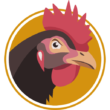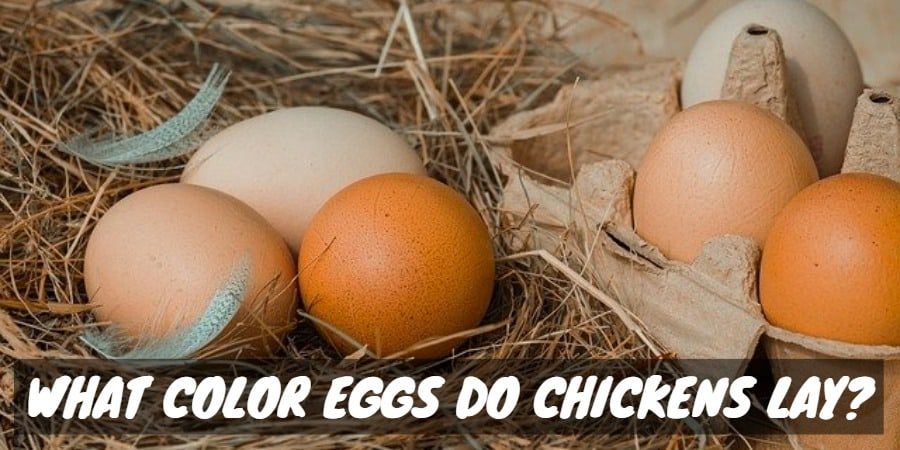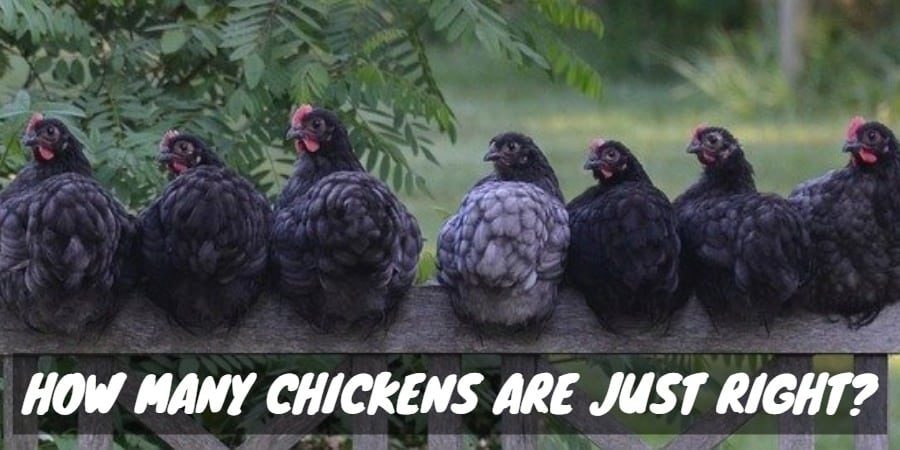Baby chickens are most commonly referred to as “chicks.” This is a gender-neutral term that applies to both male and female chickens. Because it can be difficult to sex a chicken at birth, having a catch-all genderless term for the baby birds makes sense.
Informally, chicks are sometimes also called “peeps.” This term is used most commonly for freshly hatched chicks in the period between emerging from the egg and being moved to a brooder. They get this nickname because of the soft chirping or “peeping” noise they make while in the incubator. You know that you have successfully hatched a chick when you hear that noise.
Chicks, like most ground-dwelling birds, are born with a downy covering off soft fluffy feathers. This fluff is shed as adult feathers start to come in. A chicken will get all of its first full-size feathers by 3 months of age.
What Are Baby Female and Baby Male Chickens Called?

Between the ages of 3 and 12 months, chickens are still growing. Because they have their adult feathers at this stage, the sexual dimorphism becomes apparent, and it’s possible to tell male and female chickens apart. At this age, young female chickens are called “pullets,” and young males are called “cockerels.”
Once the chicken reaches maturity, females are called “hens,” and males are called “roosters.” Some people may still refer to their young females as hens rather than pullets. A “started pullet” is a hen that’s old enough to have begun laying eggs. This starts around the six-month mark.
Other Names for Chickens and Their Eggs
Collectively, chickens of any gender can be called chickens. Contrary to popular belief, “chicken” is a gender neutral term that can apply to any member of the chicken species regardless of age or sex.
There are also many informal names you may encounter when talking about chickens. Chicks, especially very young chicks, are sometimes called “peeps.” They get this name from the soft chirping noises they make immediately after hatching. Hearing a chirp or “peeping” noise from the incubator is a sure sign that a newly hatched chick is ready to move from the incubator and into a brooder.

“Chook” is a popular nickname for chickens. It’s especially common in Australia and parts of the United Kingdom. If you hear someone talking about their “chooks,” the odds are good that they have a few chickens of their own. Another term that’s grown somewhat old-fashioned is “biddy,” which refers to an older hen. Biddies may be mother hens or hens that are too old to keep laying.
A group of chickens is called a “flock.” A flock can refer to any group of chickens that live together; they do not have to be related to one another. If you keep multiple groups of chickens in separate enclosures, you have multiple flocks. It’s common for each flock to have just one rooster if any because roosters are very territorial.
[amazon bestseller=”chicken feed”]
A group of eggs is called a clutch. A female chicken may sit on a clutch of eggs to brood over them all at once. You can also keep a clutch of eggs in an incubator. Once these eggs hatch, the chicks that grow up together are called a “brood.” Chickens don’t have to be related to one another to be in the same brood. A flock may have chickens from several different broods, especially if you added birds of different ages at different times.





Here is my question though, what would disembowel my chickens and just leave them?
We had 4 hens that I saw when I got home from work and when my Granddaughter went out to lock up their coop she unfortunately found one.